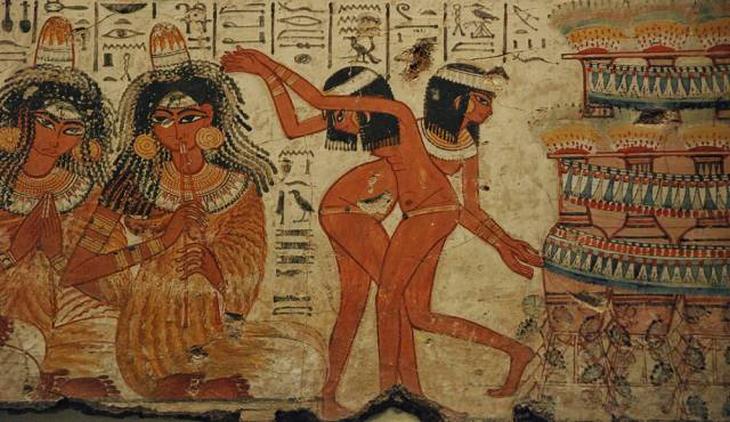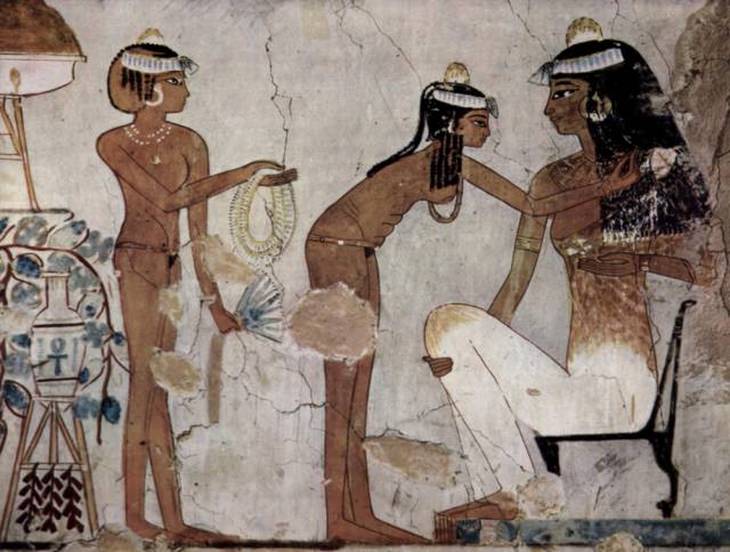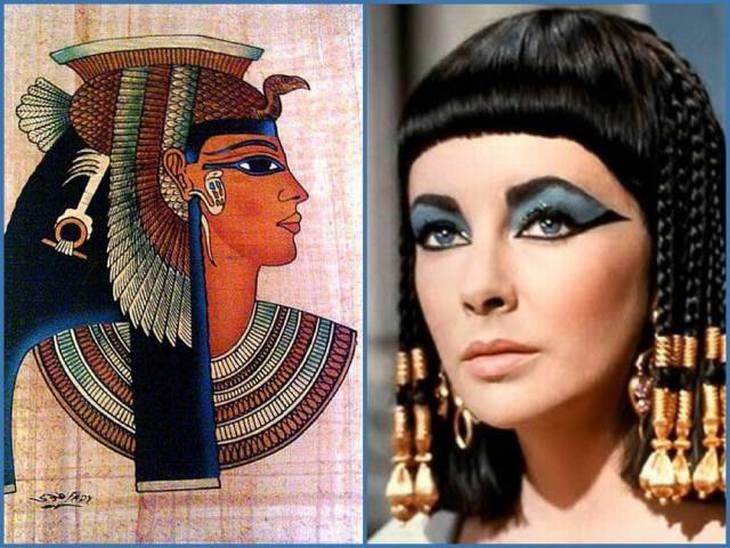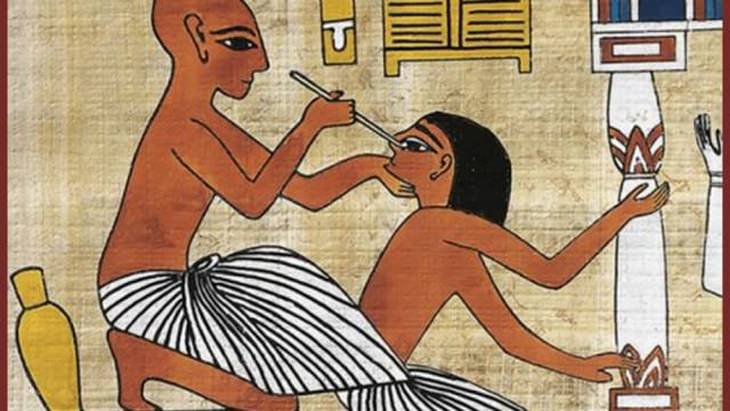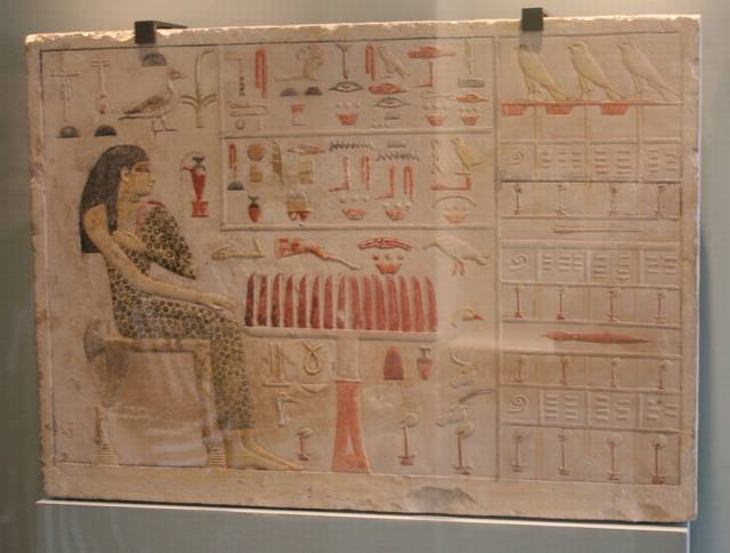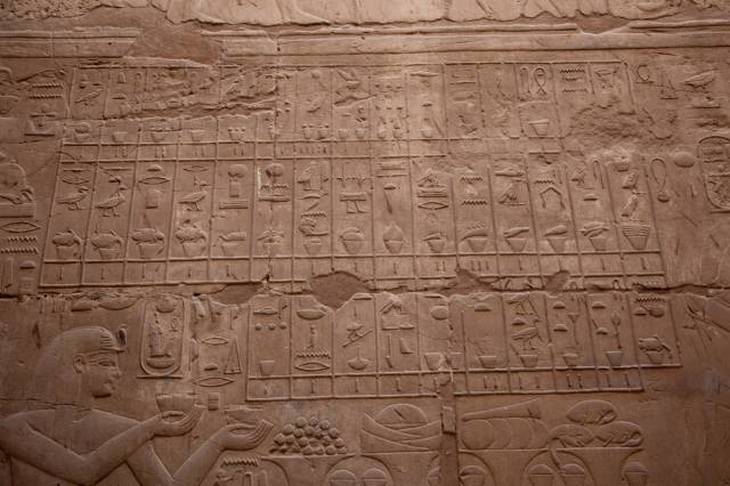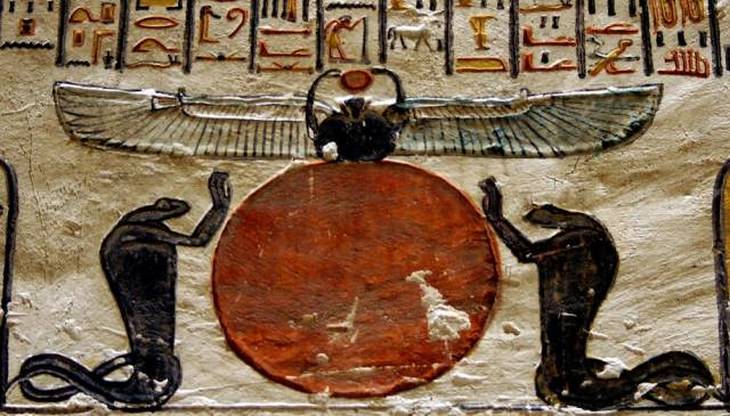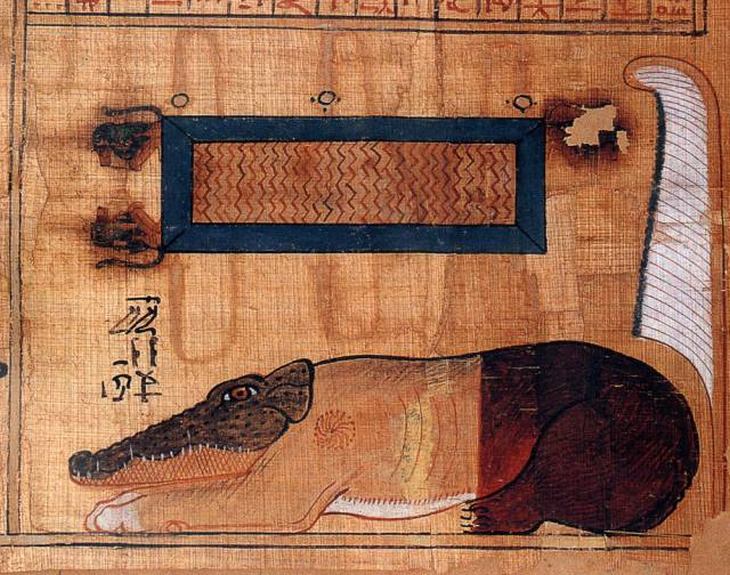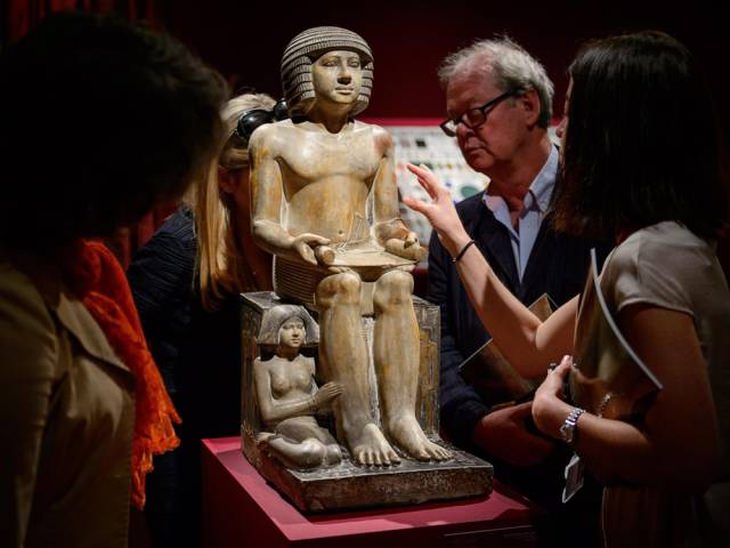1. Birth Control
The Ancient Egyptians actually developed their own condoms more than 3,000 years ago. They were made of colored linen and immersed in olive oil. They also made use of the intestinal membranes of animals, such as sheep, to prevent infectious diseases.
2. Personal Hygiene
Regardless of their gender or social status, the Ancient Egyptians all used cosmetics. Most cosmetics had an oil base that was made by pressing fruit or nuts. They also used soap made from natron, which is a paste that contains clay or ash. When it came to their hair, the Ancient Egyptians placed oil in it, or shaved it all off and wore a wig instead.
3. Makeup
In Ancient Egypt, both men and women wore elaborate makeup. Eye makeup was generally green or black, and the Ancient Egyptians made it from copper or lead. They believed that makeup had healing powers, and also served to give a symbolic nod to the Eye of Horus, which represented protection, royal power and good health.
4. Medicine
Oil, dough, dates, onions, garlic, linseed, dill, myrrh, opium as well as various minerals like lead salts, antimony and copper were all used by the Ancient Egyptians for medicinal purposes. They also used animal meat, brains and blood. All of these “drugs” were either boiled, or administered in milk, wine or beer.
5. Mathematical Calculations
The Ancient Egyptians developed their mathematics some 5,000 years ago, and used hieroglyphics and hieratic to write it, as opposed to the various numeral systems in use around the world nowadays. The most convincing example of Ancient Egyptian mathematical prowess can be found in the temple of Abu Simbel. Twice a year, the faces of Pharaoh Ramses II and of the gods Amun and Ra are illuminated by the sun’s rays.
6. Calendar
In addition to mathematics, the Ancient Egyptians also developed their own calendar. Each time a new pharaoh was enthroned, the calendar would reset to zero with respect to the start of his to her reign. Their calendar consisted of 12 months that were 30 days each in length, as well as three seasons, namely the flood (July to November), the reflux (November to March) and the low water (March to July).
7. Air Conditioning
In order to keep their houses cool, the Ancient Egyptians used to hang wet cloths in their doorways and windows. When it was windy, or there was a breeze, their homes would cool down thanks to evaporative cooling.
8. Polarity
Our world is full of polarity – hot and cold, night and day, good and evil, and so on. The Ancient Egyptians were acutely aware of this fact, and it is featured throughout their mythology and religion. An example of this is Aaru (the Ancient Egyptian heavenly paradise) and Duat (the Ancient Egyptian underworld).
9. Morality
The Ancient Egyptians had a very strong sense of morality and justice. They believed that the good should prosper and that the guilty should be punished. In spite of this, they acknowledged the imperfection of human beings, therefore they tried to be balanced. In the Ancient Egyptian pantheon, the goddess Ammit, part crocodile, part lion and part hippopotamus, used to eat the hearts of Ancient Egyptians who lived evil lives.
10. Respect for the Disabled
In Ancient Egypt, the disabled were far from shunned. In fact, they were often put into positions of authority and entrusted with important jobs such as the processing or handling of gold. Those born with dwarfism were considered to be people born with celestial gifts, and were treated with considerable respect. Many dwarfs worked directly for the Pharaoh and the royal household.

